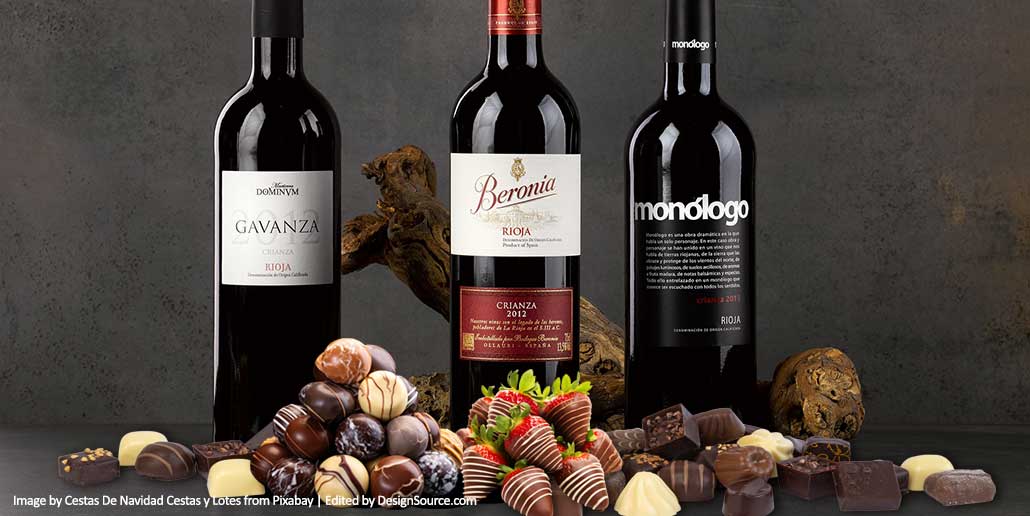
A Guide to Wine and Chocolate Pairing
Few pairings evoke luxury and indulgence quite like wine and chocolate. While both are rich in history and complexity, combining them requires a thoughtful approach to enhance their flavours harmoniously. Understanding the nuances of each can elevate your tasting experience to new heights.
Wine and chocolate share a fascinating chemistry, with layers of depth in their flavours and aromas. The interplay between sweetness, bitterness, acidity, and tannins can create extraordinary contrasts or perfect harmony when paired correctly. Whether you are a casual enthusiast or a seasoned connoisseur, knowing how to balance these elements will ensure an enjoyable and sophisticated tasting experience.
The Basics of Pairing
The key to a successful wine and chocolate pairing is balance. Both contain tannins—bitter compounds that can clash when improperly matched. The general rule is to pair wines that are at least as sweet as or sweeter than the chocolate. This prevents the bitterness of the chocolate from overpowering the wine’s natural flavours.
Additionally, consider the texture and richness of both elements. Creamy chocolates often work well with velvety wines, while high-cocoa dark chocolates can stand up to robust, full-bodied wines. Experimenting with different pairings can reveal surprising and delightful combinations that suit your personal taste.
Another factor to consider is the origin of both the wine and the chocolate. Just as wines carry distinct characteristics from their growing regions, chocolates also have terroir, meaning the cocoa beans reflect the climate and soil in which they were grown. Pairing wine and chocolate from the same region can sometimes create a more cohesive and well-rounded experience.
Classic Pairings to Try
Wine and chocolate pairing is an art that brings out the best in both. The right combination can enhance the flavours, creating a delightful tasting experience. Here are some classic pairings that perfectly complement each other:
- Dark Chocolate & Cabernet Sauvignon – The bold tannins of Cabernet Sauvignon complement the rich, slightly bitter notes of dark chocolate, creating a deep, intense pairing. Cabernet’s dark fruit flavors like blackberry and plum balance the bittersweet cocoa beautifully.
- Milk Chocolate & Merlot – The smooth, fruity character of Merlot enhances the creamy sweetness of milk chocolate, resulting in a velvety experience. Merlot’s low tannins and soft berry notes create a seamless harmony with the milky, caramelized flavours.
- White Chocolate & Riesling – The honeyed sweetness and crisp acidity of a Riesling contrast beautifully with the buttery, vanilla tones of white chocolate. The wine’s citrus and floral notes help prevent the chocolate from feeling overly rich or cloying.
- Bittersweet Chocolate & Zinfandel – Zinfandel’s jammy fruit and spice play well against the high cocoa content of bittersweet chocolate, softening its intense bitterness.
- Salted Dark Chocolate & Sherry – A dry or sweet sherry paired with salted dark chocolate creates a contrast of saltiness and nuttiness that makes each bite even more intriguing.
- Chocolate with Nuts & Port – The nutty undertones of a Tawny Port enhance the roasted flavours in chocolate with almonds or hazelnuts. Port’s aged caramel and spice elements provide depth to the combination.
Tips for the Perfect Pairing
Mastering the art of wine and chocolate pairing requires attention to detail and a willingness to experiment. To help you create the most delightful combinations, here are some essential tips to keep in mind:
- Consider the Intensity – Pair bold wines with intense chocolates and lighter wines with delicate chocolates.
- Experiment – Personal preference plays a huge role in tasting, so don’t be afraid to mix and match.
- Temperature Matters – Serve wine at its ideal temperature (reds slightly below room temperature, whites well-chilled) to bring out its best characteristics.
- Match Flavor Profiles – Complementary flavours, such as fruit-forward wines with berry-infused chocolates, enhance the tasting experience.
- Cleanse Your Palate – Take small sips of water between tastings to fully appreciate the distinct flavours of each pairing.
- Use High-Quality Ingredients – The best pairings come from high-quality chocolate and well-crafted wines. Seek out artisanal brands to get the richest flavours.
- Enjoy the Experience – Wine and chocolate pairing is about indulgence. Savour each bite and sip, appreciating the depth of flavours as they evolve on your palate.
By selecting the right combinations, wine and chocolate pairing can become a truly decadent experience. Whether you’re enjoying a casual treat or hosting a tasting event, these guidelines will help you craft a perfect match every time. The world of wine and chocolate is vast, and the possibilities for pairing are endless. Keep experimenting, trust your palate, and most importantly, have fun exploring these indulgent delights.

